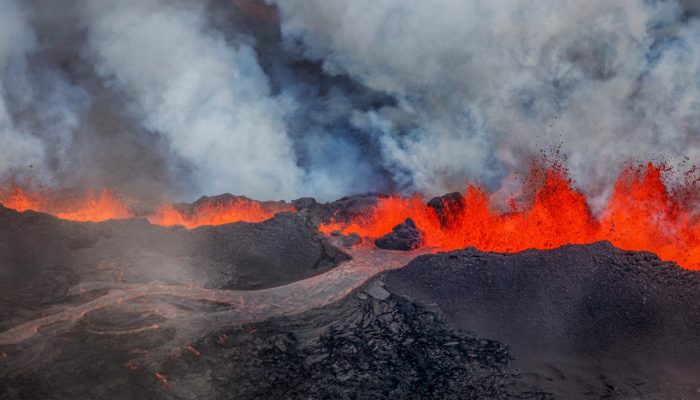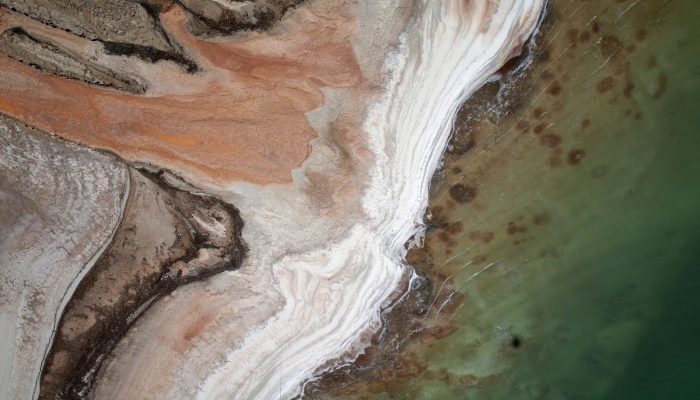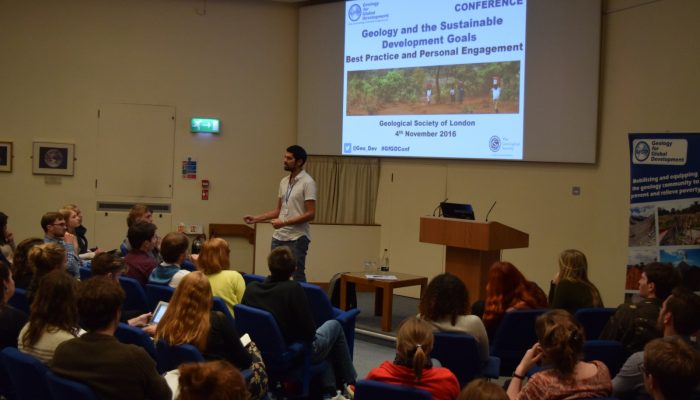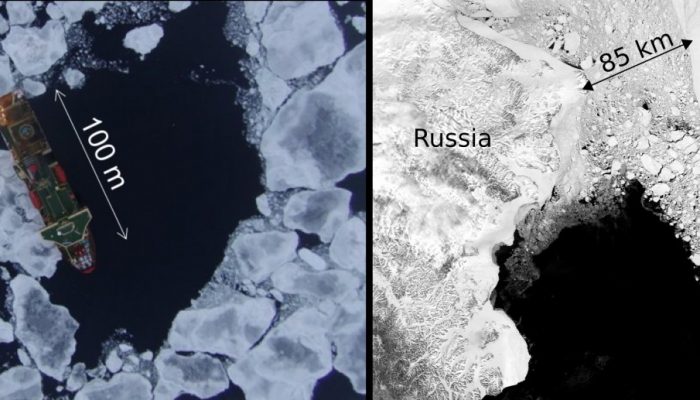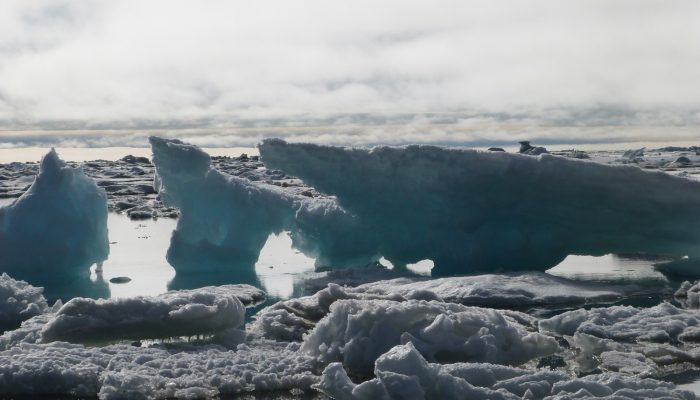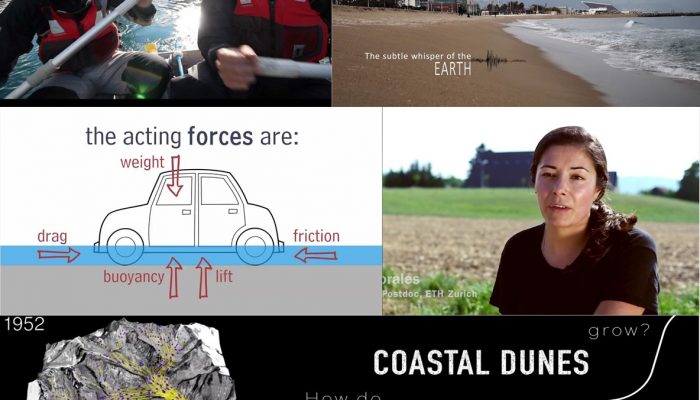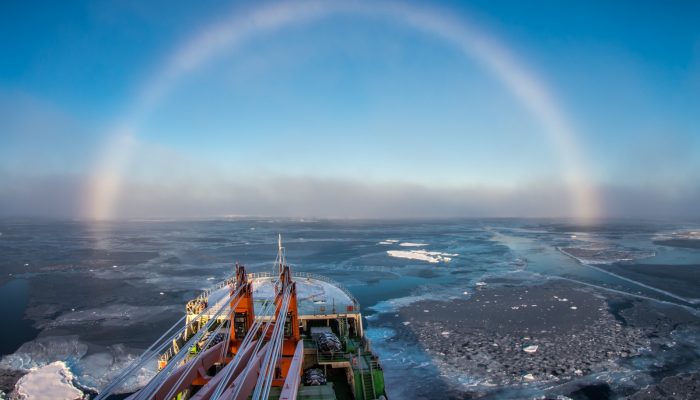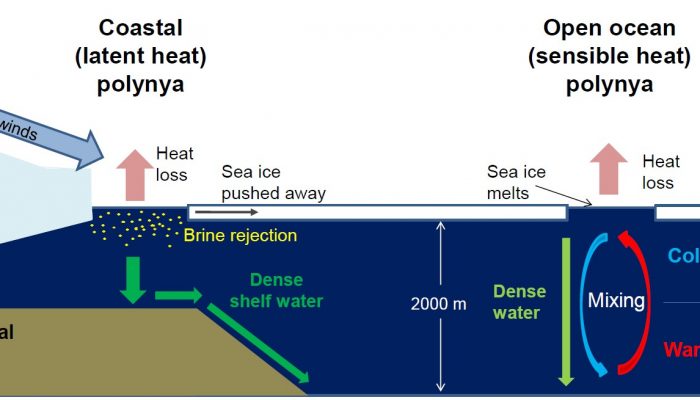Are you attending the AGU Fall Meeting in San Francisco next week (12th-16th December?) If so come and visit the EGU booth! You’ll find us in the Exhibition Hall in Booth 1231, just opposite the Recharge Lounge (top right of the exhibition hall). You can find us on the map of the exhibition hall online. In attendance will be the EGU’s Executive Secretary (Philippe) and the Communications Officer ( ...[Read More]
Tectonics and Structural Geology
Minds over Methods: studying dike propagation in the lab
Have you ever thought of using gelatin in the lab to simulate the brittle-elastic properties of the Earth’s crust? Stefano Urbani, PhD student at the university Roma Tre (Italy), uses it for his analogue experiments, in which he studies the controlling factors on dike propagation in the Earth’s crust. Although we share this topic with our sister division ‘Geochemistry, Mineralogy ...[Read More]
GeoLog
Imaggeo on Mondays: The shrinking of Earth’s saltiest lake
The Dead Sea is one of the saltiest lakes on Earth, located at the lowest point of the globe. For centuries it has been known for the restorative powers of its muds and waters. Their hypersalinity means it is possible to easily float on the lake’s surface. Bordering Israel, the West Bank and Jordan, it is a unique environment in an otherwise arid region. Changing climate, which is seeing tempera ...[Read More]
Geology for Global Development
Guest Blog (GfGD Liverpool): Reflections on the GfGD Annual Conference 2016
GfGD were delighted to support Clare Spink and Taryn Freeman (University of Liverpool) to attend the recent GfGD Annual Conference. As the new leaders of the GfGD Liverpool University Group they were eager to learn more about GfGD and take that back to Liverpool. On our guest blog today, they share some of those reflections… As we only recently took over organisation of GfGD Liverpool, it wa ...[Read More]
Cryospheric Sciences
Image of the Week – Sea Ice Floes!
The polar regions are covered by a thin sheet of sea ice – frozen water that forms out of the same ocean water it floats on. Often, portrayals of Earth’s sea ice cover show it as a great, white, sheet. Looking more closely, however reveals the sea ice cover to be a varied and jumbled collection of floating pieces of ice, known as floes. The distribution and size of these floes is vitally imp ...[Read More]
GeoLog
Geosciences Column: The complex links between shrinking sea ice and cloud cover
The global climate system is complex. It is composed of, and governed by, a plethora of interconnect factors. Solar radiation, land surface, ice cover, the atmosphere and living things, as well as wind and ocean currents, play a crucial role in the climate system. These factors are intricately connected; changes to some can have significant effects on others, leading to overall consequences for th ...[Read More]
Geology for Global Development
Mapping the Kaikoura earthquake, New Zealand
Jack Williams is a PhD Student at the University of Otago, New Zealand, where he is studying the Alpine Fault. Jack was part of a team of experts that went into the field immediately following the Kaikoura earthquake to map the surface ruptures. Here he explains what they were up to and shares some photos of the damage. The Mw 7.8 Kaikoura Earthquake was an incredibly complex event involving sever ...[Read More]
GeoLog
EGU17: Communicate Your Science Video Competition is now open!
Want to communicate your research to a wider audience and try your hand at video production? Now’s your chance! The competition is open to early career scientists (ECS) who intend to register for the EGU General Assembly. The aim is to produce a video up-to-three-minutes long to share your research with the general public. The winning entry will receive a free registration to the General Assembly ...[Read More]
GeoLog
Imaggeo on Mondays: White rainbow in the Arctic
Despite heading into the long polar night – the time when the sun doesn’t shine in the globe’s most northerly latitudes and when temperatures drop and thick sheets of sea ice form -the Arctic is reported to be 20° C warmer than average for this time of year. Never has it been more important to understand the effects of climate change on Polar Regions. Mikhail Varentsov, a climate and meteor ...[Read More]
Cryospheric Sciences
Image of the Week – What an ice hole!
Over the summer, I got excited… the Weddell Polynya was seemingly re-opening! ”The what?” asked my new colleagues. So today, after brief mentions in past posts, it is time to explain what a polynya is. Put it simply, a polynya, from the Russian word for “ice hole”, is a hole in the sea-ice cover. That means that in the middle of winter, the sea ice locally and naturally opens and reveals the ocean ...[Read More]


